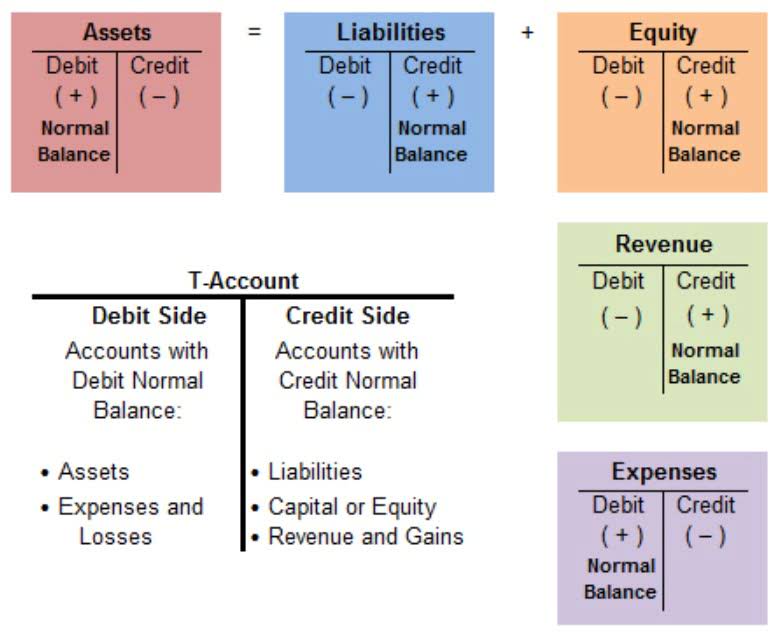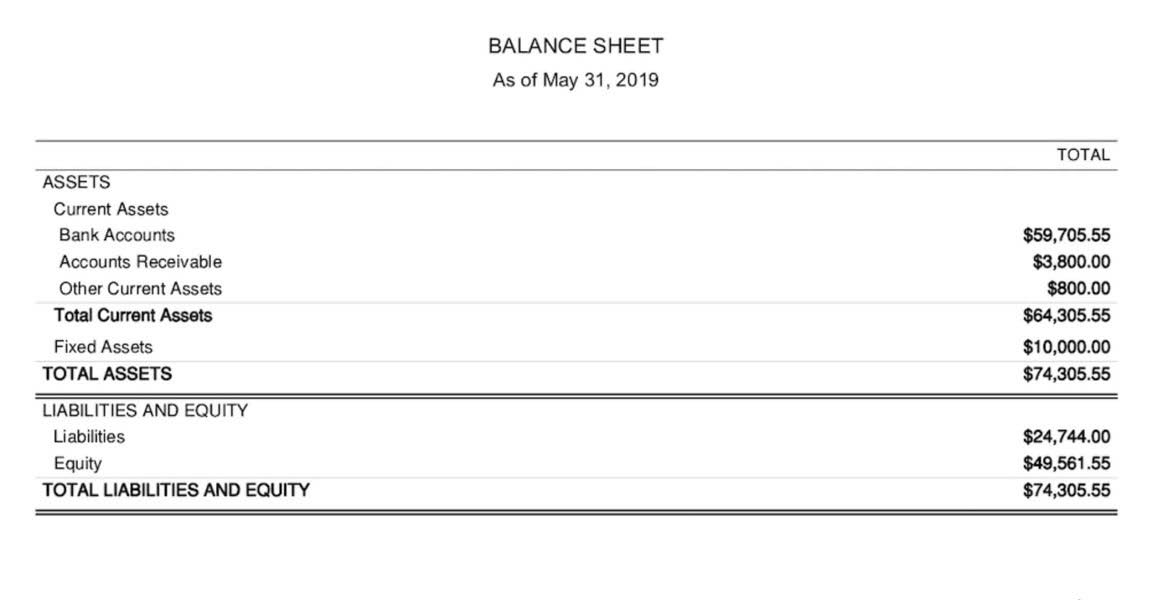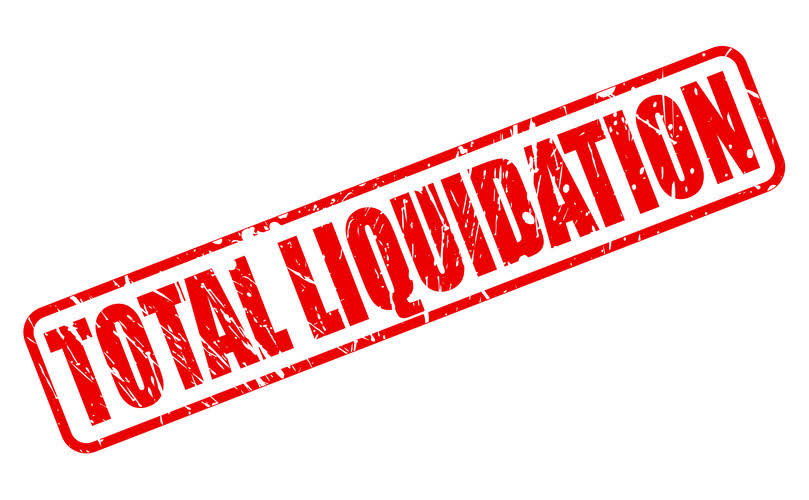
CFI is the global institution behind the financial modeling and valuation analyst FMVA® Designation. CFI is on a mission to enable anyone to be a great financial analyst and have a great career path. In order to help you advance your career, CFI has compiled many resources to assist you along the path. Shaun Conrad is a Certified Public Accountant and CPA exam expert with a passion for teaching. After almost a decade of experience in public accounting, he created MyAccountingCourse.com to help people learn accounting & finance, pass the CPA exam, and start their career. The following are the disadvantages of the contribution margin analysis.
- Once you have calculated the total variable cost, the next step is to calculate the contribution margin.
- Thus, the following structure of the contribution margin income statement will help you to understand the contribution margin formula.
- In the next part, we must calculate the variable cost per unit, which we’ll determine by dividing the total number of products sold by the total variable costs incurred.
- For example, they can simply increase the price of their products.
- In such cases, the price of the product should be adjusted for the offering to be economically viable.
- Some companies do issue contribution margin income statements that split variable and fixed costs, but this isn’t common.
Formula to calculate contribution margin ratio:

These costs would be included when calculating the contribution margin. Similarly, we can then calculate the variable cost per unit by dividing the total variable costs by the number of products sold. The contribution margin ratio is used by finance professionals to analyze a company’s profitability. It is often used for building a break-even analysis, which helps companies determine at what point a new business project will reach enough sales to cover the costs. That is, fixed costs remain unaffected even if there is no production during a particular period.
What is the contribution margin ratio for?
- Accordingly, these costs increase with the increase in the level of your production and vice-versa.
- However, the contribution margin for selling 2000 packets of whole wheat bread would be as follows.
- For example, raising prices increases contribution margin in the short term, but it could also lead to lower sales volume in the long run if buyers are unhappy about it.
- To convert the contribution margin into the contribution margin ratio, we’ll divide the contribution margin by the sales revenue.
- Furthermore, per unit variable costs remain constant for a given level of production.
- Where C is the contribution margin, R is the total revenue, and V represents variable costs.
- These costs would be included when calculating the contribution margin.
Thus, the level of production along with the contribution margin are essential factors in developing your business. Now, it is essential to divide the cost of manufacturing your products between fixed and variable costs. The contribution margin is different from the gross profit margin, the difference between sales revenue and the cost of goods sold. While contribution margins only count the variable costs, the gross profit margin includes all of the costs that a company incurs in order to make sales. In the next part, we must calculate the variable cost per unit, which we’ll determine by dividing the total number of products sold by the total variable costs incurred. Variable costs are not typically reported on general purpose financial statements as a separate category.
Contribution Margin Ratio Formula
Get instant access to video lessons taught by experienced investment bankers. Learn financial statement modeling, DCF, M&A, LBO, Comps and Excel shortcuts. My Accounting Course is a world-class educational resource developed by experts to simplify accounting, finance, & investment analysis topics, so students and professionals can learn and propel their careers. Management should also use different variations of the CM formula to analyze departments and product lines on a trending basis like the following. You need to fill in the following inputs to calculate the contribution margin using this calculator. Thus, to arrive at the net sales of your business, you need to use the following formula.

It is important for you to Car Dealership Accounting understand the concept of contribution margin. This is because the contribution margin ratio indicates the extent to which your business can cover its fixed costs. The contribution margin represents the revenue that a company gains by selling each additional unit of a product or good. This is one of several metrics that companies and investors use to make data-driven decisions about their business.

Therefore, the contribution margin reflects how much revenue exceeds the coinciding variable costs. Striking a balance is essential for keeping investors and customers happy for cm ratio the long-term success of a business. However, they will play an important part in calculating the net income formula. Investors and analysts use the contribution margin to evaluate how efficient the company is at making profits.

Fixed costs are used in the break even analysis to determine the price and the level of production. Fixed costs are recording transactions costs that are incurred independent of how much is sold or produced. Buying items such as machinery is a typical example of a fixed cost, specifically a one-time fixed cost. Regardless of how much it is used and how many units are sold, its cost remains the same.

Leave A Comment